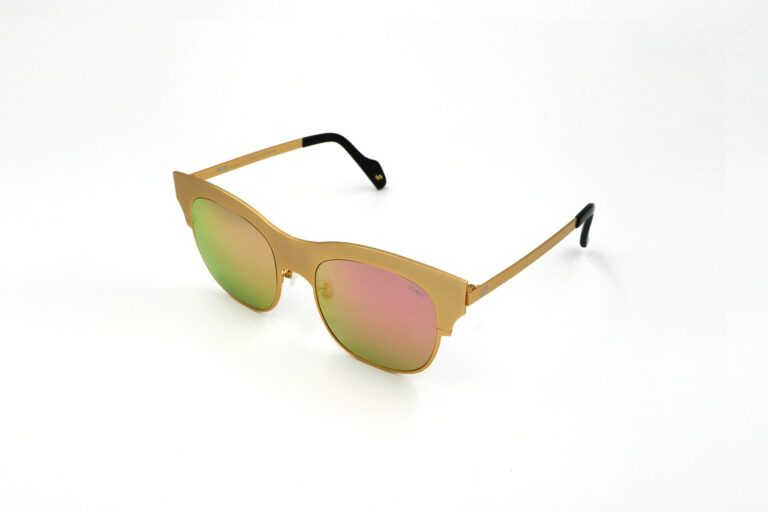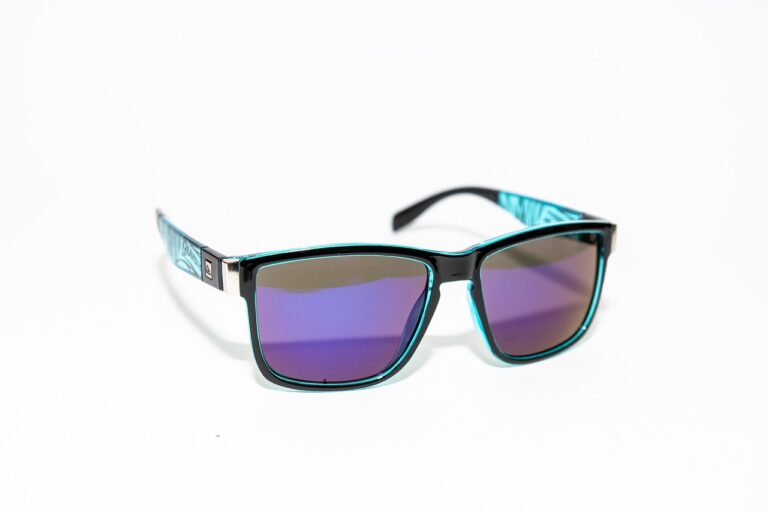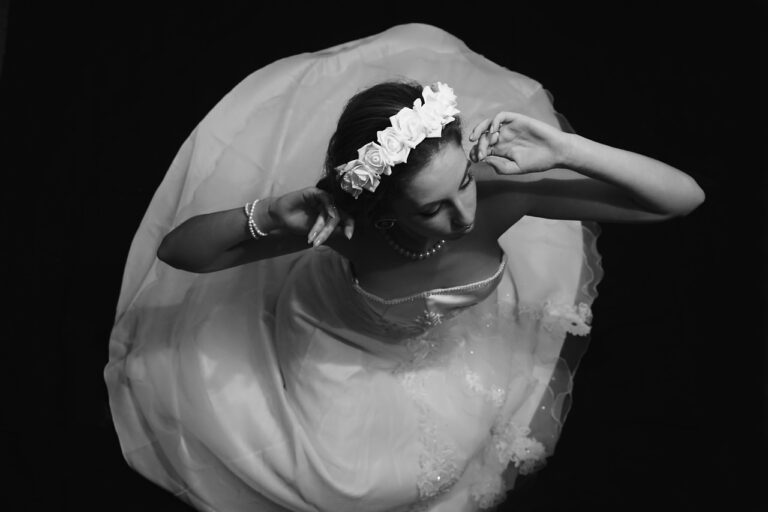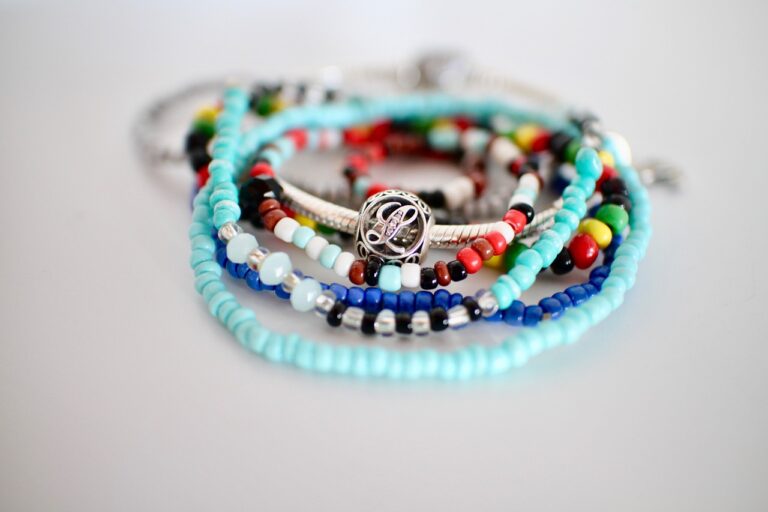Exploring Fashion Subcultures: From Goth to Preppy and Everything in Between
Fashion is one of the most powerful forms of self-expression. It allows individuals to showcase their unique personalities, beliefs, and values through the clothes they wear. Over the years, various fashion subcultures have emerged, each with its own distinctive style, aesthetic, and ethos. From the dark and edgy Goth subculture to the preppy and polished look of the Ivy League, fashion subcultures offer a glimpse into the diverse and multifaceted world of style. In this article, we will explore a range of fashion subcultures, from Goth to Preppy and everything in between, shedding light on their origins, key characteristics, and influence on mainstream fashion.
The Goth Subculture
The Goth subculture is often associated with dark, dramatic, and often melancholic aesthetics. With roots in the punk music scene of the late 1970s, Goth fashion is characterized by its all-black ensembles, heavy makeup, and extravagant accessories. From Victorian-inspired lace and corsets to leather jackets and platform boots, Goth fashion leans towards the dramatic and the macabre. The Goth subculture also encompasses a range of musical genres, from gothic rock to industrial metal, reflecting a love for the dark and the mysterious.
Key Characteristics of Goth Fashion
1. All-black attire
2. Victorian-inspired garments
3. Heavy makeup
4. Extravagant accessories
5. Leather and lace
6. Platform boots
7. Macabre themes
8. Influential bands: The Cure, Siouxsie and the Banshees, Bauhaus
The Preppy Subculture
Contrary to the dark and edgy aesthetic of Goth fashion, the Preppy subculture embraces a more polished and traditional style. Originating in the elite preparatory schools of the Northeastern United States, Preppy fashion is characterized by its classic and conservative clothing choices. Think crisp button-down shirts, tailored blazers, chinos, and loafers. With a focus on clean lines, quality fabrics, and timeless silhouettes, Preppy fashion exudes sophistication and elegance.
Key Characteristics of Preppy Fashion
1. Crisp button-down shirts
2. Tailored blazers
3. Chinos and khakis
4. Polo shirts
5. Boat shoes and loafers
6. Cable knit sweaters
7. Influential brands: Ralph Lauren, Brooks Brothers, J.Crew
The Punk Subculture
Often associated with rebellion, anti-establishment sentiments, and DIY ethos, the Punk subculture emerged in the late 1970s as a response to the political and social turmoil of the era. Punk fashion is characterized by its edgy and anarchic aesthetic, featuring ripped clothing, safety pins, leather jackets, and combat boots. With a focus on self-expression and individuality, Punk fashion rejects mainstream trends and embraces a raw and unconventional style.
Key Characteristics of Punk Fashion
1. Ripped clothing
2. Safety pins and studs
3. Leather jackets
4. Band t-shirts
5. Combat boots
6. Mohawks and spiked hair
7. DIY attitude
8. Influential bands: The Sex Pistols, The Ramones, The Clash
FAQs
Q: What is a fashion subculture?
A: A fashion subculture is a group of people who share a distinct style, aesthetic, and ethos that sets them apart from mainstream fashion trends. These subcultures often emerge as a form of self-expression and identity, reflecting the values and beliefs of their members.
Q: How do fashion subcultures influence mainstream fashion?
A: Fashion subcultures have a significant impact on mainstream fashion by introducing new trends, styles, and aesthetics that eventually trickle down to the broader fashion industry. Designers often draw inspiration from subcultures to create innovative and cutting-edge designs that resonate with a wider audience.
Q: Are fashion subcultures still relevant today?
A: Yes, fashion subcultures continue to play a vital role in shaping contemporary fashion and culture. While the influence of some subcultures may wax and wane over time, their enduring impact on style, music, and art remains significant in the fashion landscape.







